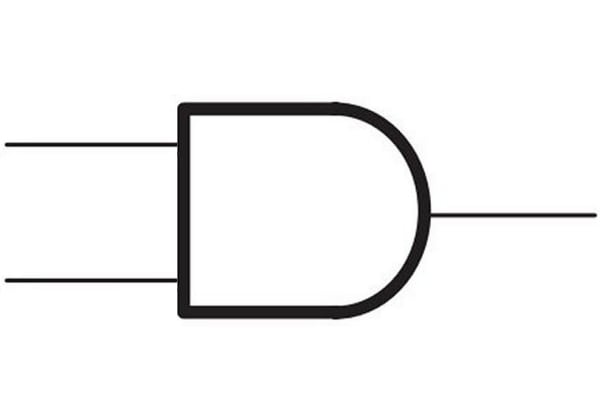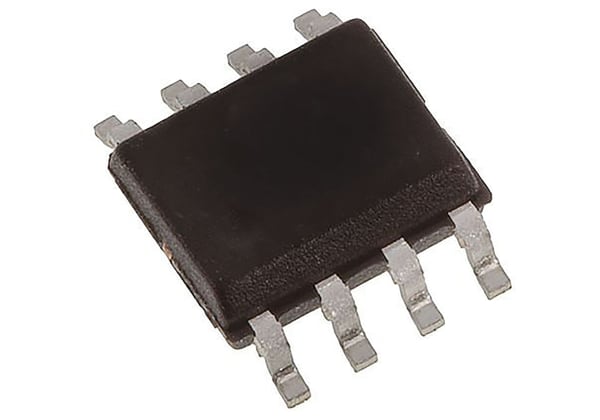- Published 25 Jan 2024
- Last Modified 29 Jan 2024
- 6 min
What are Multiplexers and Demultiplexers?
Explore multiplexers / demultiplexers and their applications in signal transmission. This guide covers multiplexer / demultiplexer function, types, benefits, and disadvantages.

Reviewed by Stavros Skourakis, Technical Support Engineer (November 2023)
Multiplexers / demultiplexers are digitally controlled analogue or digital signal switches. These electronic devices carry out high-speed switching in digital communications, digital control systems, audio and video data switching, computer memory, digital power switches, and analogue-to-digital converters. Multiplexers and demultiplexers are also commonly found in digital and radio broadcasting, mobile telecoms, satellite communications, wi-fi networks and GPS.
Differences Between Multiplexers and Demultiplexers
Multiplexers are data selectors. A multiplexer circuit selects between several input signals and forwards the selected input to a single output line. The multiplexer can be considered as a multiple-input, single-output switch. As logic ICs (integrated circuits), multiplexer circuit inputs and outputs can be represented in a multiplexer truth table.
Demultiplexers, on the other hand, are data distributors. They are combination data distribution logic circuits. A demultiplexer is connected to a single input signal and selects one of several output lines to share the signal. So, the demultiplexer can be considered as a single-input, multiple-output switch.
Multiplexer devices select one signal line from a number of digital or analogue data lines. They then pass it through the circuit to the selected output. By contrast, demultiplexers receive a single input signal and through the circuit select the output from a number of digital or analogue data lines.
Some multiplexers are designed to handle high voltages, which makes them suitable for industrial applications where high voltage signal switching is common, such as ultrasonic monitoring, tests and measurements, and industrial automation.
Types of Multiplexer
Types of multiplexer circuit with different multiplexer functions include:
- Time division multiplexers. When digital information is transmitted by a multiplexer, time division multiplexers are commonly used. Multiple signals are carried over the same channel, but in different time slots, which cuts down on interference. To the user, transmission seems to be simultaneous, but each part of the signal actually waits for its turn to be transmitted.
- Frequency division multiplexers. When it comes to analogue communications, frequency division multiplexers are often used. Frequency division multiplexers enable pieces of data to be transmitted at different frequency levels, or sub-channels, simultaneously and in the same bandwidth.
- Wavelength division multiplexers. Optical multiplexers and demultiplexers are used in fibre optic systems, and these include wavelength division multiplexer circuits. They use a shared channel – the fibre optic cable – but inside the cable each signal is transmitted on an individual light wavelength. Many wavelengths may be used to transmit signals simultaneously. It is also possible to transmit data in both directions, from the multiplexer circuit to the demultiplexer, and vice versa.
- Space division multiplexers. Space division multiplexers use multiple channels. For example, it is possible to have a single fibre optic cable containing multiple optic fibres. Another option is to have one fibre containing multiple cores. Space division multiplexers are expected to help increase transmission capacity on networks.
- Statistical multiplexers. Statistical multiplexers merge data from multiple input lines according to statistical laws. They provide a ‘first come, first served’ basis for merging data from multiple inputs and with variable bit rates into one. Statistical multiplexers make real-time transmission of different streams possible – without compromising the quality of audio or video information.
- Inverse multiplexers. What’s the opposite of a multiplexer? The answer is an inverse multiplexer. These do the opposite of most multiplexer circuits because they break down one data stream into multiple parts. Inverse multiplexers, however, differ from demultiplexers because these parts of data remain connected, rather than being unrelated.
- Code division multiplexers. Code division multiplexers combine a number of data signals by giving each one a unique code so they can be transmitted simultaneously. Advantages of code division multiplexing include a signal that is less prone to interference and is more private.
Types of Demultiplexer
A demultiplexer has a single input that results in ‘X’ number of outputs. Demultiplexers can be thought of as data distributors. They convert a single source of data into multiple data streams. These include:
- 1 to 2 demultiplexers (single input, 2 outputs).
- 1 to 4 demultiplexers (single input, 4 outputs).
- 1 to 8 demultiplexers (single input, 8 outputs).
- 1 to 16 demultiplexers (single input, 16 outputs).
Advantages and Disadvantages of Multiplexers
Whether you are managing audio, visual or optical data, multiplexers / demultiplexers increase scalability of data transfer. They may also help a manufacturer cut costs because one device can combine several data streams. This means the number of devices on the network can be reduced. By contrast, employing a separate channel for each uncompressed flow of data may be much more expensive. Multiplexers can also be used to encrypt data.
In spite of these advantages, there are some drawbacks to using multiplexers. Multiplexers / demultiplexers can become too complex if there are a lot of inputs and outputs to deal with. For all their benefits in terms of efficiency, they may thus make electronic system design more complicated. Multiplexers may also introduce propagation delays. Multiplexers can increase latency (the amount of time it takes for a data packet to go from one place to another) and delay in transmission of data. This is because multiplexers switch between different inputs before sending data to the output. Data may also be lost or errors might occur if the multiplexer is misconfigured or otherwise set up incorrectly.
Real-World Applications of Multiplexers and Demultiplexers
One of the most common applications of multiplexers / demultiplexers is the integration of several audio signals on a fixed line telephone network. Multiplexers / demultiplexers are widely used in communications by transmitting audio or visual information through single channels. They are also incorporated in the transmission of RF digital information from spacecraft and satellites to Earth. Computers also rely on multiplexers to increase memory capacity and reduce the number of physical copper connections between different parts of the computer.
Multiplexers / demultiplexers are crucial to the transmission of analogue and digital information and have applications not only in broadcasting and telecoms but manufacturing too. They can help increase the efficiency of your computer and industrial control / IoT networks, as well as keep costs down.
If you’d like to find out how RS can help you with your multiplexer / demultiplexer needs, look here.


